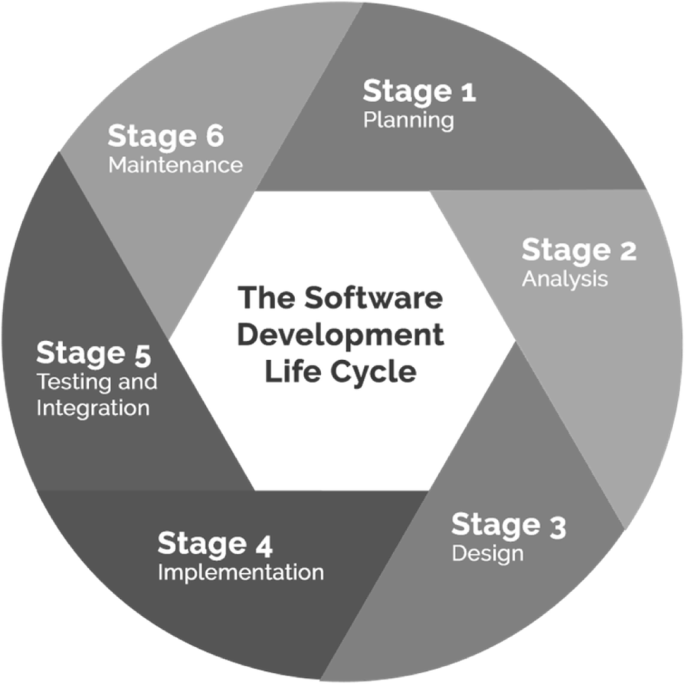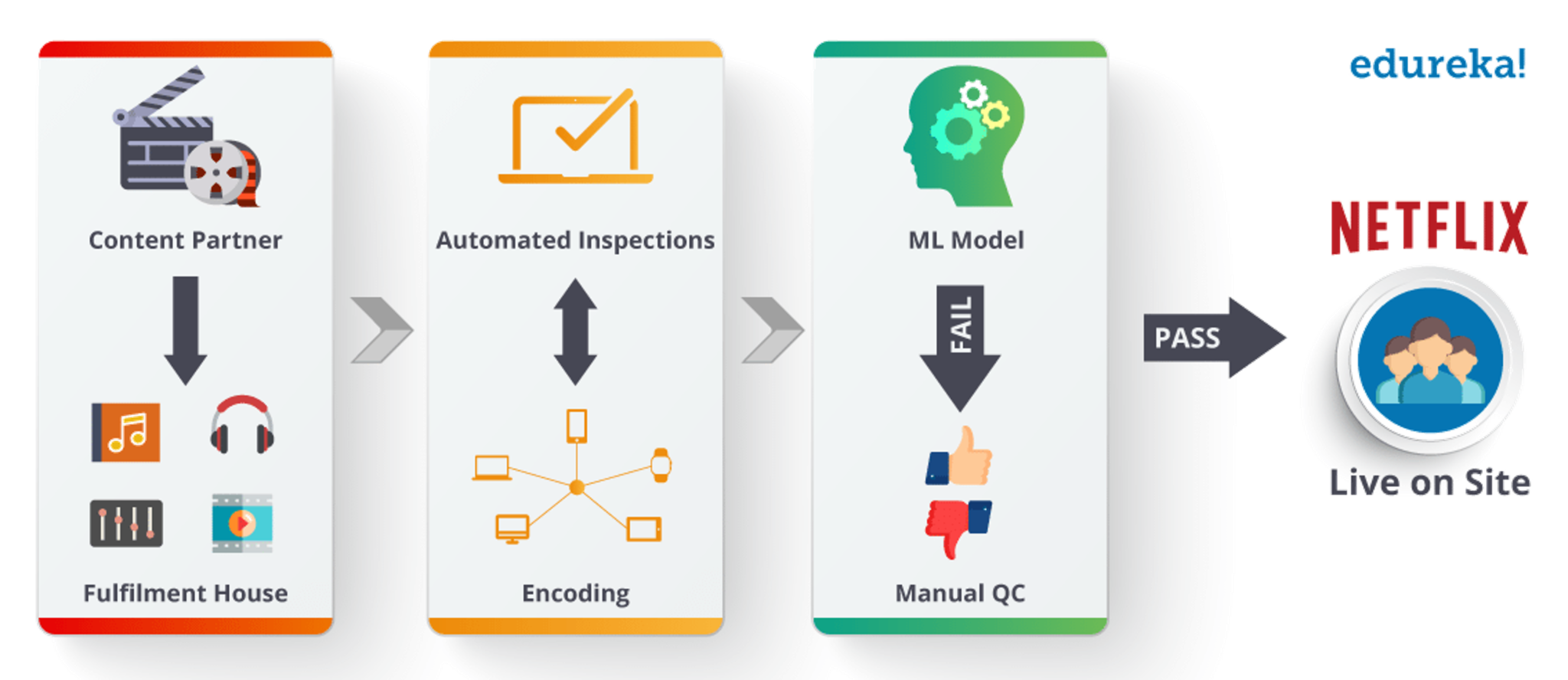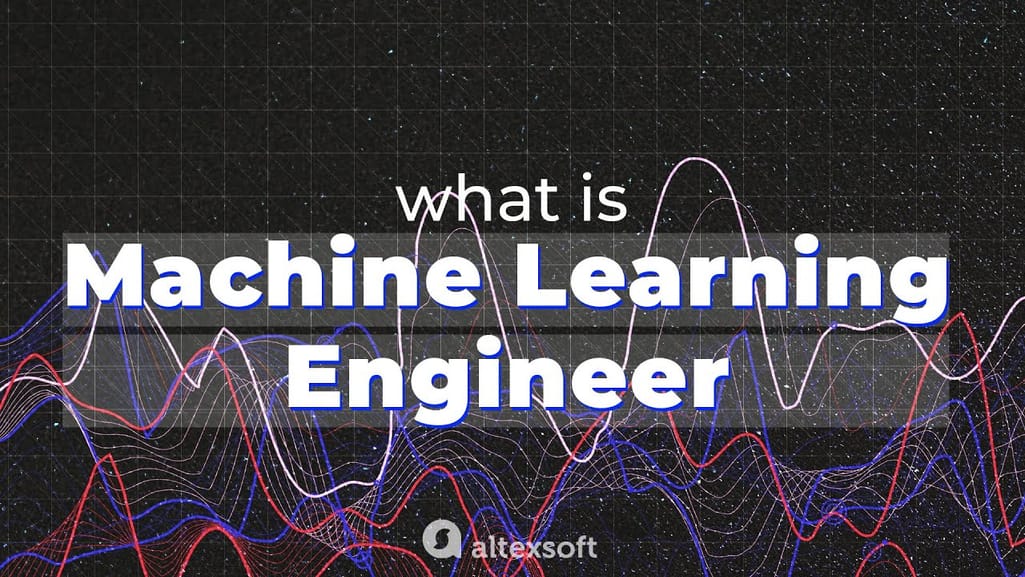All Categories
Featured
Table of Contents
- – Little Known Questions About Machine Learning ...
- – Some Known Details About Machine Learning Cras...
- – Getting The Machine Learning Engineering Cour...
- – Unknown Facts About How To Become A Machine L...
- – Getting The How To Become A Machine Learning...
- – How Top Machine Learning Careers For 2025 ca...
- – How Zuzoovn/machine-learning-for-software-en...
Some people believe that that's unfaithful. If somebody else did it, I'm going to utilize what that individual did. I'm compeling myself to think with the possible options.
Dig a little bit deeper in the mathematics at the beginning, simply so I can develop that structure. Santiago: Finally, lesson number 7. I do not think that you have to understand the nuts and screws of every algorithm prior to you use it.
I would certainly have to go and inspect back to in fact obtain a better intuition. That doesn't imply that I can not address things utilizing neural networks? It goes back to our sorting example I believe that's simply bullshit advice.
As an engineer, I've serviced lots of, many systems and I've utilized many, lots of things that I do not comprehend the nuts and bolts of just how it works, despite the fact that I recognize the impact that they have. That's the last lesson on that thread. Alexey: The funny point is when I consider all these collections like Scikit-Learn the algorithms they use inside to apply, for instance, logistic regression or another thing, are not the like the formulas we examine in artificial intelligence courses.
Little Known Questions About Machine Learning Developer.
So even if we tried to discover to obtain all these basics of machine understanding, at the end, the formulas that these collections make use of are different. Right? (30:22) Santiago: Yeah, definitely. I assume we require a whole lot much more materialism in the industry. Make a whole lot more of an influence. Or focusing on delivering worth and a bit much less of purism.

I generally speak to those that want to work in the sector that desire to have their effect there. I do not dare to speak concerning that since I don't recognize.
Right there outside, in the market, materialism goes a lengthy means for sure. Santiago: There you go, yeah. Alexey: It is a great inspirational speech.
Some Known Details About Machine Learning Crash Course
Among things I wanted to ask you. I am taking a note to discuss ending up being much better at coding. First, let's cover a couple of things. (32:50) Alexey: Let's start with core tools and structures that you need to learn to actually change. Let's say I am a software engineer.
I understand Java. I understand SQL. I understand just how to make use of Git. I understand Bash. Perhaps I understand Docker. All these things. And I listen to regarding machine discovering, it looks like an amazing point. So, what are the core tools and frameworks? Yes, I saw this video clip and I get persuaded that I don't require to get deep right into mathematics.
What are the core devices and frameworks that I require to discover to do this? (33:10) Santiago: Yeah, definitely. Wonderful concern. I believe, number one, you must begin finding out a little of Python. Given that you currently know Java, I do not assume it's going to be a big shift for you.
Not since Python is the very same as Java, however in a week, you're gon na get a lot of the distinctions there. Santiago: After that you obtain certain core tools that are going to be used throughout your entire profession.
Getting The Machine Learning Engineering Course For Software Engineers To Work
You obtain SciKit Learn for the collection of machine knowing formulas. Those are devices that you're going to have to be making use of. I do not recommend simply going and discovering about them out of the blue.
We can speak about particular programs later. Take one of those courses that are mosting likely to begin presenting you to some troubles and to some core ideas of equipment learning. Santiago: There is a course in Kaggle which is an intro. I do not remember the name, but if you go to Kaggle, they have tutorials there totally free.
What's good concerning it is that the only demand for you is to understand Python. They're going to provide a trouble and inform you how to utilize choice trees to resolve that details trouble. I believe that procedure is very effective, due to the fact that you go from no device discovering background, to understanding what the issue is and why you can not resolve it with what you understand now, which is straight software application engineering practices.
Unknown Facts About How To Become A Machine Learning Engineer - Uc Riverside
On the other hand, ML engineers focus on structure and releasing artificial intelligence designs. They focus on training versions with information to make forecasts or automate tasks. While there is overlap, AI designers deal with even more diverse AI applications, while ML designers have a narrower emphasis on equipment learning formulas and their practical execution.

Machine understanding engineers concentrate on developing and deploying equipment discovering versions into production systems. On the other hand, data scientists have a more comprehensive function that includes data collection, cleansing, exploration, and building designs.
As companies progressively adopt AI and equipment understanding technologies, the need for knowledgeable specialists grows. Maker knowing designers work on cutting-edge tasks, contribute to advancement, and have affordable incomes.
ML is basically different from traditional software program growth as it focuses on teaching computer systems to pick up from data, as opposed to programs explicit rules that are implemented systematically. Uncertainty of outcomes: You are probably made use of to creating code with foreseeable outcomes, whether your feature runs when or a thousand times. In ML, nevertheless, the outcomes are much less particular.

Pre-training and fine-tuning: How these models are educated on vast datasets and then fine-tuned for specific tasks. Applications of LLMs: Such as message generation, sentiment analysis and details search and retrieval.
Getting The How To Become A Machine Learning Engineer To Work
The ability to handle codebases, merge adjustments, and settle disputes is equally as important in ML development as it remains in typical software application projects. The abilities developed in debugging and testing software application applications are extremely transferable. While the context could change from debugging application logic to recognizing problems in information processing or model training the underlying principles of organized examination, hypothesis screening, and iterative refinement coincide.
Artificial intelligence, at its core, is heavily reliant on statistics and chance theory. These are crucial for comprehending just how formulas pick up from information, make predictions, and evaluate their efficiency. You must think about coming to be comfy with ideas like analytical significance, circulations, theory testing, and Bayesian reasoning in order to design and interpret designs properly.
For those interested in LLMs, a thorough understanding of deep understanding styles is valuable. This consists of not only the auto mechanics of semantic networks however additionally the design of details designs for various use situations, like CNNs (Convolutional Neural Networks) for image handling and RNNs (Recurring Neural Networks) and transformers for sequential data and all-natural language processing.
You ought to know these issues and discover methods for identifying, mitigating, and interacting concerning bias in ML designs. This includes the prospective effect of automated decisions and the honest ramifications. Lots of versions, particularly LLMs, need considerable computational resources that are usually given by cloud systems like AWS, Google Cloud, and Azure.
Building these skills will certainly not only facilitate an effective shift into ML yet additionally make certain that developers can contribute successfully and responsibly to the improvement of this vibrant area. Concept is crucial, yet absolutely nothing defeats hands-on experience. Begin working with projects that permit you to use what you have actually discovered in a functional context.
Construct your jobs: Beginning with simple applications, such as a chatbot or a message summarization device, and gradually increase intricacy. The field of ML and LLMs is quickly progressing, with new breakthroughs and modern technologies arising regularly.
How Top Machine Learning Careers For 2025 can Save You Time, Stress, and Money.
Contribute to open-source tasks or write blog site messages regarding your understanding journey and jobs. As you obtain expertise, begin looking for possibilities to integrate ML and LLMs into your job, or look for brand-new roles concentrated on these innovations.

Possible use cases in interactive software, such as recommendation systems and automated decision-making. Understanding unpredictability, basic statistical steps, and chance circulations. Vectors, matrices, and their duty in ML formulas. Error reduction strategies and gradient descent explained merely. Terms like design, dataset, functions, labels, training, reasoning, and validation. Data collection, preprocessing techniques, model training, examination procedures, and implementation factors to consider.
Choice Trees and Random Woodlands: User-friendly and interpretable models. Matching problem kinds with proper designs. Feedforward Networks, Convolutional Neural Networks (CNNs), Recurring Neural Networks (RNNs).
Data flow, change, and function engineering techniques. Scalability concepts and efficiency optimization. API-driven approaches and microservices integration. Latency monitoring, scalability, and variation control. Continual Integration/Continuous Release (CI/CD) for ML workflows. Model tracking, versioning, and performance tracking. Discovering and addressing adjustments in version efficiency with time. Attending to performance bottlenecks and source monitoring.
How Zuzoovn/machine-learning-for-software-engineers can Save You Time, Stress, and Money.

You'll be presented to three of the most appropriate components of the AI/ML discipline; supervised discovering, neural networks, and deep discovering. You'll realize the differences in between typical programming and equipment understanding by hands-on advancement in monitored learning before constructing out complex distributed applications with neural networks.
This course acts as an overview to maker lear ... Show Extra.
Table of Contents
- – Little Known Questions About Machine Learning ...
- – Some Known Details About Machine Learning Cras...
- – Getting The Machine Learning Engineering Cour...
- – Unknown Facts About How To Become A Machine L...
- – Getting The How To Become A Machine Learning...
- – How Top Machine Learning Careers For 2025 ca...
- – How Zuzoovn/machine-learning-for-software-en...
Latest Posts
Full Guide: How To Prepare For A Technical Coding Interview
Best Resources To Practice Software Engineer Interview Questions
Software Engineer Interviews: Everything You Need To Know To Succeed
More
Latest Posts
Full Guide: How To Prepare For A Technical Coding Interview
Best Resources To Practice Software Engineer Interview Questions
Software Engineer Interviews: Everything You Need To Know To Succeed